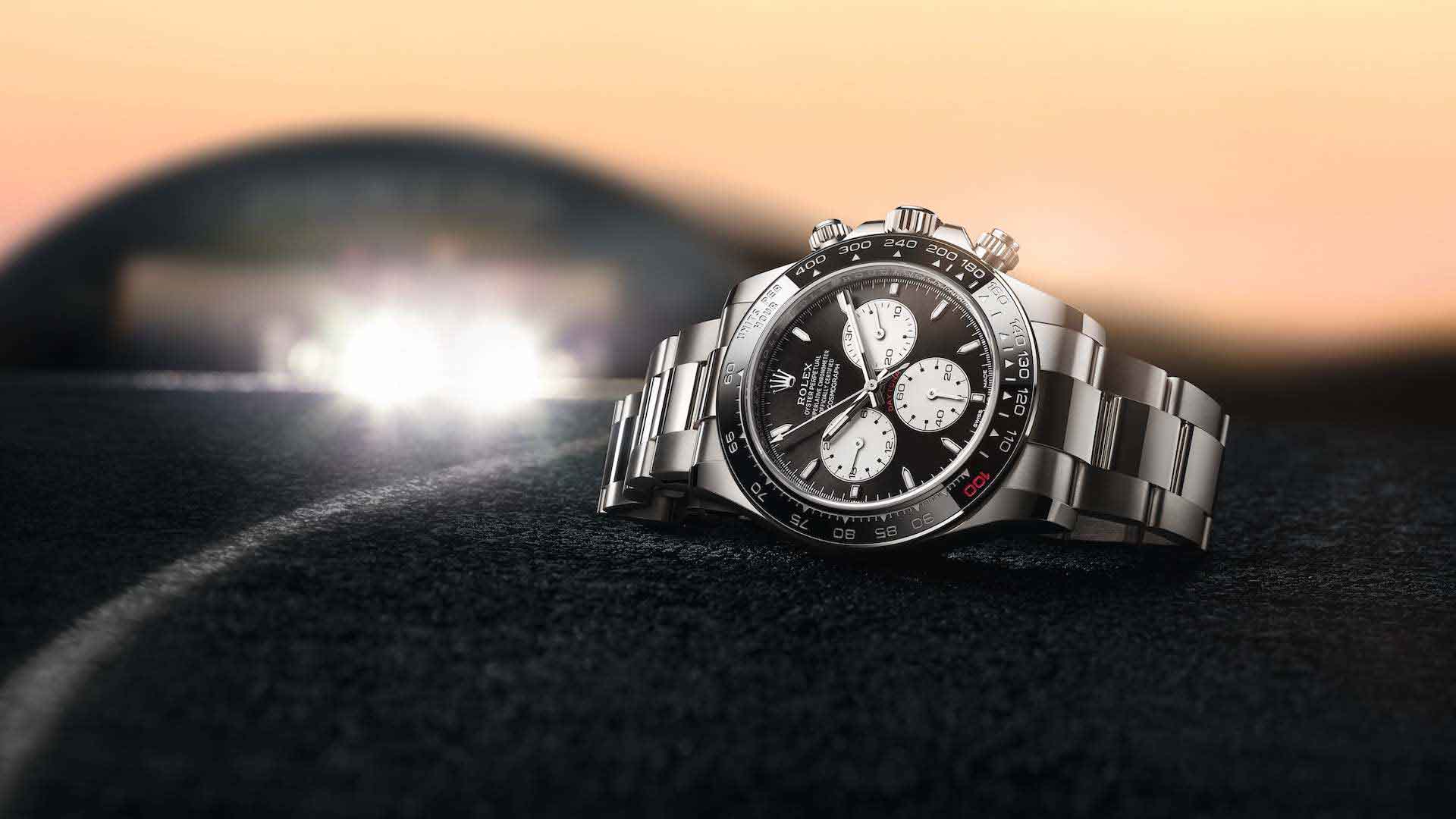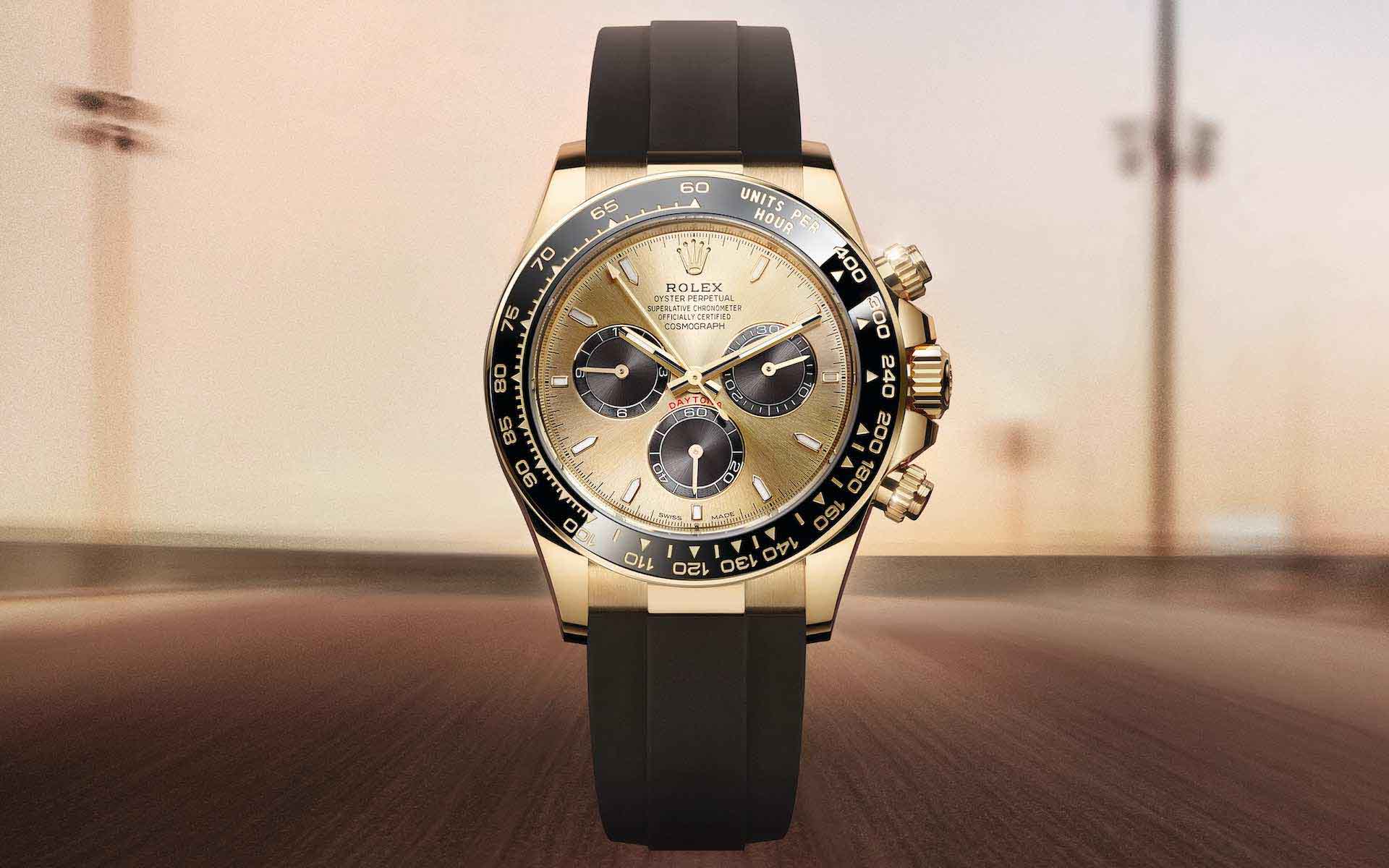In the vast universe of luxury brands, Rolex occupies a unique celestial body, twinkling with prestige, precision, and timeless allure. It’s a name that, for over a century, has been synonymous with excellence in watchmaking. While many brands have come and gone, vying for the top spot, Rolex has managed to hold its ground, firmly seated at the numero uno position. But what constitutes this unwavering allure? Let’s embark on this horological journey.

The story of Rolex began in the early 20th century when Hans Wilsdorf and Alfred Davis envisioned crafting impeccable timepieces. Founded in 1905 in London, the brand soon shifted its operations to Geneva, the heartland of watchmaking. The first masterstroke came in 1926 with the introduction of the Oyster, the world’s first waterproof wristwatch. But Rolex wasn’t about to rest on its laurels. Five years later, in 1931, they unveiled the perpetual rotor mechanism – a self-winding feature that’s become a hallmark of automatic watches. The commitment to innovation positioned Rolex not just as a luxury brand, but also as an engineering marvel in horology.
The Rolex Status
While the inside of a Rolex watch is a wonder of craftsmanship, its exterior is equally, if not more, telling. For many, owning a Rolex is a rite of passage, a testament to one’s achievements. The gleaming bezel, the iconic Rolex crown, and the meticulously crafted dial have adorned the wrists of luminaries spanning various domains – from arts to sports to business. A Rolex doesn’t merely offer the time of day; it offers a slice of history, a touch of luxury, and an aura of success. In essence, every Rolex is a story, a journey, a legacy.

Rolex’s influence isn’t confined to the realm of horology. It’s been a significant player on the world stage, embracing different facets of global culture. Sir Edmund Hillary, for instance, donned a Rolex as he conquered Mount Everest. The brand’s illustrious affiliations extend to iconic figures like Roger Federer in tennis, Martin Luther King Jr. in civil rights advocacy, Winston Churchill in political leadership and Pablo Picasso in the arts. This vast array of associations underscores its prominence. Rolex is not merely a brand; it’s an institution that has transcended time and cultural boundaries.
The Enduring Value of Rolex
The luxury market is inundated with items that, while opulent, often face the harsh reality of depreciation. Not Rolex. Rolex watches have consistently defied this norm. A vintage Rolex Daytona or a Submariner isn’t just a piece of jewelry; it’s an investment. This aspect is largely attributable to Rolex’s stringent quality standards, limited production runs, and designs that are timeless. For collectors, a Rolex isn’t just a purchase; it’s an asset, often appreciating with time, and always treasured.
While Rolex has always been forward-thinking, its real strength lies in honoring its traditions. Each timepiece, while equipped with modern mechanisms, still echoes the spirit of Wilsdorf’s early visions. As newer models like the Sky-Dweller or the Yacht-Master II make their debut, they carry with them not just the weight of modern engineering but the heft of a legacy spanning over a century. And that’s the Rolex promise: a marriage of the past and the future, ever ticking, ever enduring.
